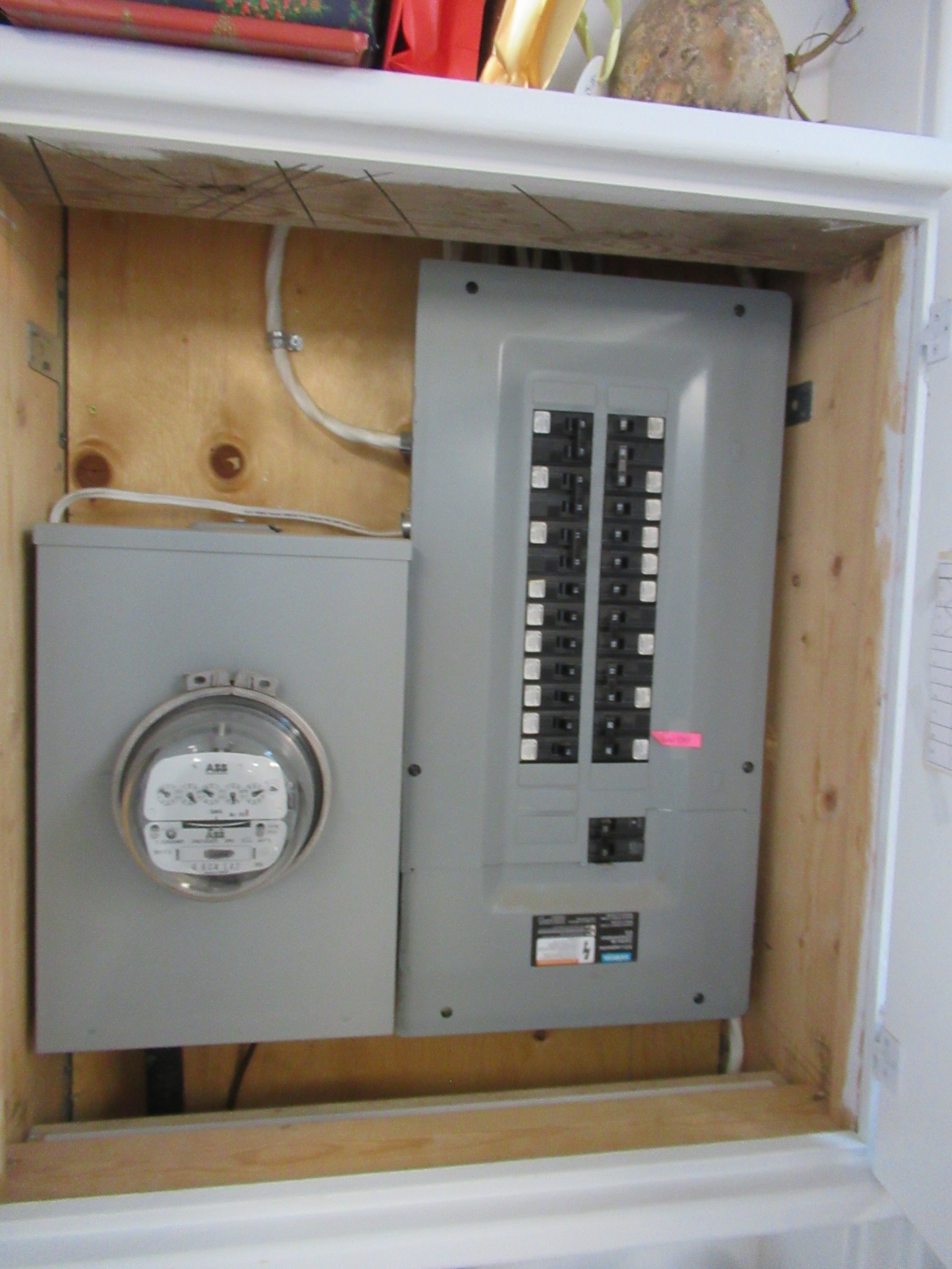
How Does the Power Grid Work?
Simplified
Production
Electricity production begins at the power plant, where various energy sources such as coal, natural gas, nuclear, or renewable sources are used to generate power. Once the electricity is generated, utility companies take control of distributing it to homes and businesses through a complex system of power lines and infrastructure. This control that utility companies have over the supply of electricity plays a pivotal role in our daily lives, highlighting the freedom many homeowners feel after gaining control over their energy.
Florida sources its power from a variety of resources. The majority, 73.9%, comes from natural gas, followed by nuclear power at 11.5%, and coal at 7.5%. Solar power contributes 3.7%, while biomass accounts for 2.8%. The state also relies on oil for 0.5% of its power, with hydropower making up the smallest percentage at 0.1%.power.
Initial Step-up: Electricity generated at power plants is initially sent to a transformer that increases the voltage (step-up transformer) to reduce energy loss during long-distance transmission.
High-Voltage Lines: The high-voltage electricity is then transmitted through high-voltage power lines that span long distances.
Voltage Reduction: When the high-voltage electricity reaches substations near demand centers, step-down transformers reduce the voltage to a level suitable for regional distribution.
Local Distribution: Electricity is further transmitted through medium-voltage distribution lines to smaller substations closer to residential and commercial areas.
Transformers: These transformers are often mounted on poles or in underground vaults in neighborhoods.
Metering is vital in power distribution. Electric meters track electricity use for precise billing. Smart meters offer real-time monitoring and utility communication for efficient energy distribution and outage response. Key for energy management.
Make the Change Today.
$0 install, best pricing, warranty, local service
In the future, electric companies will use more solar power to help the environment. Some companies are already adding solar panels and batteries to their systems to balance energy supply. This change helps deal with too much solar energy when not needed and keeps power steady during high-demand times. (Energy News Network) (Canary Media).
As the switch to solar power continues, homeowners might find it harder to use solar energy on their own. Utility companies want to manage solar power to keep the electric grid stable and costs low. This could make it tougher for homeowners to save money with their own solar panels. (IER).
To add more solar energy to the grid, upgrades are needed, which can cost a lot. Utility companies may raise electricity prices to cover these costs. If solar production is centered, utilities can handle costs better, but this might reduce benefits for personal solar setups. Homeowners should think about getting solar now to secure perks like net metering credits and evade possible future limits or higher fees from utilities. (Canary Media) (IER).
FAQs
What are the main sources of energy production?
Energy sources: fossil fuels (coal, gas, oil), nuclear, renewables (solar, wind, hydro, geothermal) vary in benefits and drawbacks for global energy.
How does solar energy production work?
Solar energy is made by turning sunlight into electricity with special cells. These cells create a current when sunlight hits them, which can power various things like homes and businesses. It's a clean and reusable energy source that lessens the need for fossil fuels.
What is the role of nuclear energy in electricity production?
Nuclear energy is important for making electricity. It uses nuclear fission to create heat, making steam that moves turbines to create power. This process produces lots of energy while causing little air pollution.
How does wind energy production work?
Wind power generates electricity by using wind to spin turbine blades, which power a generator. This renewable energy source helps cut carbon emissions.
What are the environmental impacts of fossil fuel energy production?
Fossil fuel energy harms the environment with pollution, climate change, and habitat destruction. Burning them releases harmful gases. Getting these fuels also harms nature.
What is the future of energy production?
Energy production will shift to cleaner, more sustainable sources like solar and wind. Technology advances, new policies, and environmental awareness are driving this transition. Energy storage, smart grids, and efficiency measures will also be crucial.







